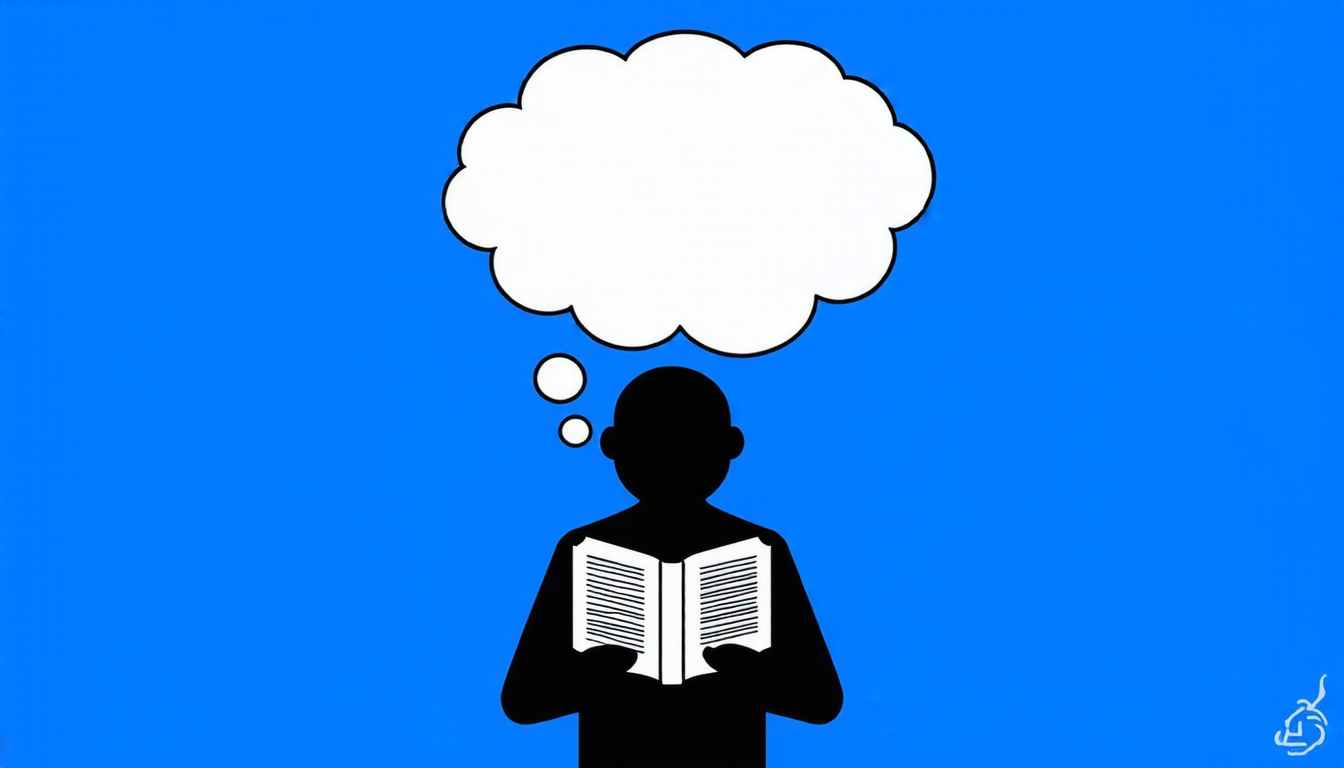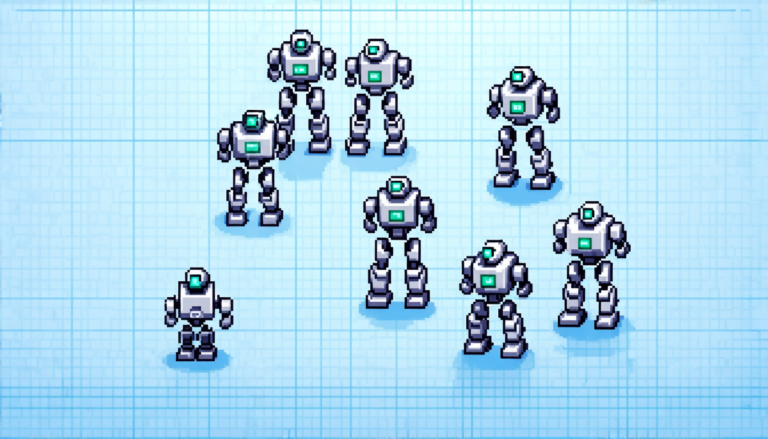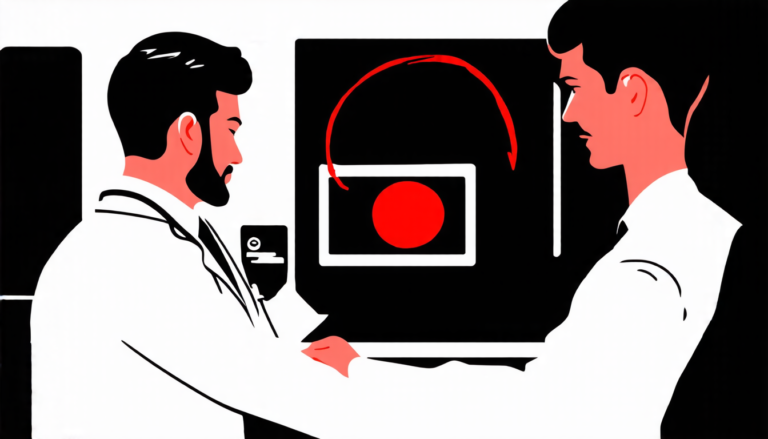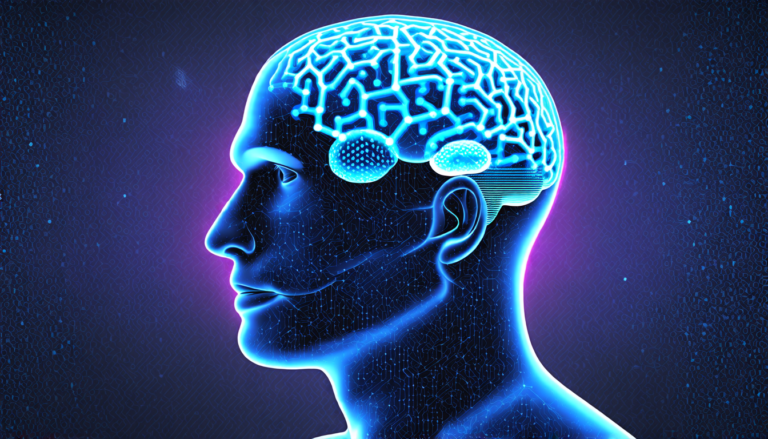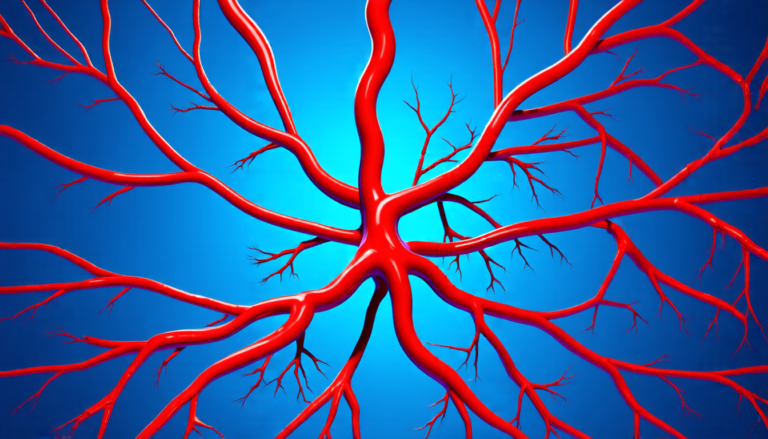Thursday 10 April 2025
The quest for a more intuitive way to teach artificial intelligence about language has long been underway. For years, researchers have attempted to bridge the gap between human understanding and machine learning by leveraging the vast resources of the internet. But despite these efforts, AI systems still struggle to grasp the nuances of human communication.
Enter the world of taxonomy image generation (TIG), a relatively new field that seeks to address this issue by teaching AI models how to visually represent complex concepts and relationships. In a recent paper, researchers have made significant strides in this area, developing a comprehensive benchmark for TIG and testing its capabilities with an impressive array of language models.
The goal of TIG is straightforward: to create images that accurately depict the meaning behind a given word or phrase. This may seem simple enough, but as anyone who’s ever tried to generate a decent image using AI can attest, it’s much harder than it sounds. To succeed, models need to be able to understand not just individual words, but also their relationships and context.
The researchers’ approach was twofold. First, they developed a comprehensive benchmark that consisted of 12,000 images, each paired with a specific concept from WordNet, a vast lexical database. This allowed them to test the models’ ability to generate images that accurately represented the meaning behind these concepts.
Next, they trained several state-of-the-art language models on this dataset, using a variety of techniques to encourage the models to focus on visual representation rather than simply generating text. The results were impressive: not only did the models learn to generate accurate images, but they also developed a surprising level of consistency across different concepts and relationships.
The implications of TIG are far-reaching. For one, it has the potential to revolutionize the way we interact with AI systems. No longer will users need to rely on vague descriptions or awkward diagrams; instead, they’ll be able to simply show an image and get a clear understanding of what’s being communicated.
But TIG also holds significant promise for fields such as education and knowledge sharing. Imagine being able to generate images that accurately represent complex scientific concepts, making it easier for students to grasp difficult ideas. Or picture a system that can create visual aids for language learners, helping them to better understand the nuances of different languages.
Of course, there’s still much work to be done before TIG becomes a reality.
Cite this article: “Unlocking the Power of Taxonomy: A Deep Dive into Image Generation and Error Analysis”, The Science Archive, 2025.
Artificial Intelligence, Language Models, Taxonomy Image Generation, Visual Representation, Wordnet, Lexical Database, Image Generation, Machine Learning, Natural Language Processing, Computer Vision

